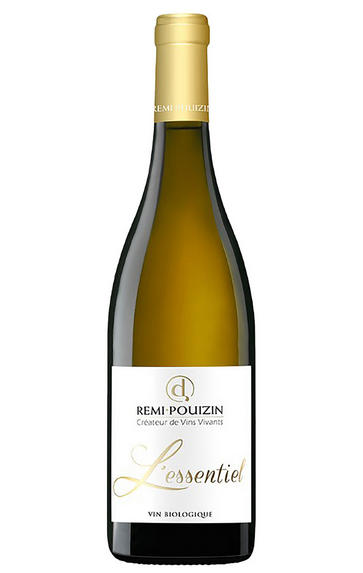
2023 Domaine Dieu-le-Fit, Rémi Pouizin, L'Essentiel Blanc, Méditerranée
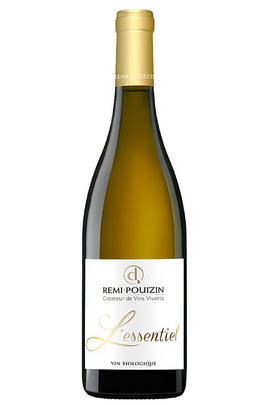
About this WINE
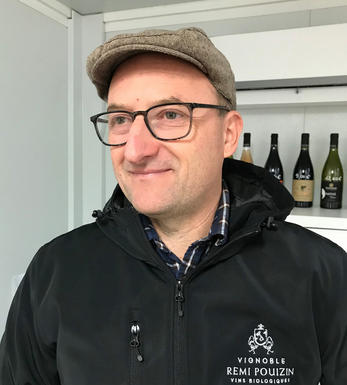
Remi Pouizin
Rémi and Geraldine Pouizin of Domaine Dieu-le-Fit are at the top of their game. Demeter accredited from 2016, we are delighted to be working with them for our Own Selection Côtes du Rhône. Rémi inherited most of his vineyards from the property known as Fourmente, where he built his own winery. Their wines are given branded names as they are essentially assembled from different plots. Red clay and pudding stones are at the lower altitudes, then “saffre” (sandstone) is just above the village itself. The more varied garrigue-strewn soils sit on the plateau heading in the direction of Rasteau.
Working organically is part of Rémi’s family philosophy; his grandparents grew fruit and vegetables organically in the 1960s. Rémi insists, “If I can drink a product, I am happy to put it on my vines. If it would be poisonous to me, it doesn’t go anywhere near them.” Clearly, there is honesty and integrity in everything the couple does.
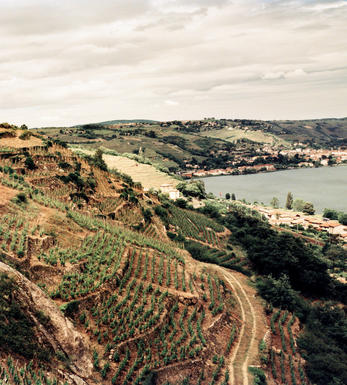
Rhône
Wine has been produced in the Rhône Valley for over 500 years, with some of its vineyards being amongst the oldest in France. Syrah rules over the south with a mix of Mediterranean grapes, while in the north, the two stars are Hermitage – grown on an imposing granite hillside above the town of Tain and best put away in the back of the cellar for a decade – and Côte-Rôtie, a star appellation made famous by Guigal's single-vineyard wines, yet also home to dozens of fine producers as yet less well known. The sheer hillsides overlooking the river have to be terraced to make production possible.
St Joseph and Cornas also provide wines of weight and worth, but the best source for good value is Crozes-Hermitage, a satellite appellation which has come alive in the last few years with the arrival of young blood.
The river valley widens out south of Valence into Côtes du Rhône country on the windy alluvial plains and the lower slopes of the hills. It is a most imposing sight during the cold, clear, blue skies of Mistral conditions. The best of the wine villages of the Côtes du Rhône have been promoted to their own appellations - Vinsobres, Vacqueyras - close in quality to the better known Gigondas.
The king of the southern Rhône is Châteauneuf-du-Pape. Here the galets roulés, rounded rocks from the ancient river bed, provide the context for gloriously rich red wines that are redolent of the heat and herbs of the south, and enhanced by the complexity which comes from blending several grape varieties. Thirteen are permitted in all, but Grenache usually dominates, along with Syrah and Mourvèdre in support. A fine vintage needs eight to 10 years cellaring for best results.
If your taste runs to fuller, richer, relatively exotic white wines, then perhaps a white Hermitage or Châteauneuf-du-Pape from the Rhône Valley would suit better, or else a marvellously perfumed, heady Condrieu - headquarters of the Viognier grape.
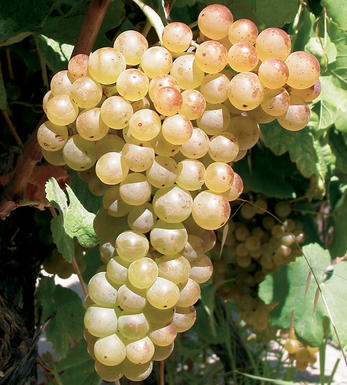
Marsanne
Marsanne is the predominant white grape variety grown in the Northern Rhône where it is used to produce white St. Joseph, Crozes-Hermitage, and Hermitage. It is a tricky grape to cultivate, being susceptible to diseases and being particularly sensitive to extreme climatic changes - if growing conditions are too cool, then it fails to ripen fully and produces thin, insipid wines, while, if too hot, the resultant wines are blowsy, overblown and out of balance.
In the Northern Rhône it tends to be blended with around 15% Rousanne and produces richly aromatic, nutty wines which age marvellously - the best examples are from Hermitage and particularly from Chapoutier. Increasingly it is being grown in the Southern Rhône and Languedoc Roussillon where it is bottled as a single varietal or blended with Roussanne, Viognier, and sometimes Chardonnay. It is also grown very successfully in Victoria in Australia where some of the world`s oldest Marsanne vines are to be found.


Buying options
Add to wishlist
Description
Tank sample tasted at the winery.
It’s rare to find Marsanne in the Southern Rhône. It is not a permitted variety hence why this is designated as an IGP. The warm vintage has resulted in a glorious nose of honeyed apricot and ripe peach. The palate has all the anticipated richness held in check by a fine line of saline minerality. This is, once again, excellent.
Drink 2024 - 2025
Berry Bros. & Rudd
wine at a glance
Delivery and quality guarantee